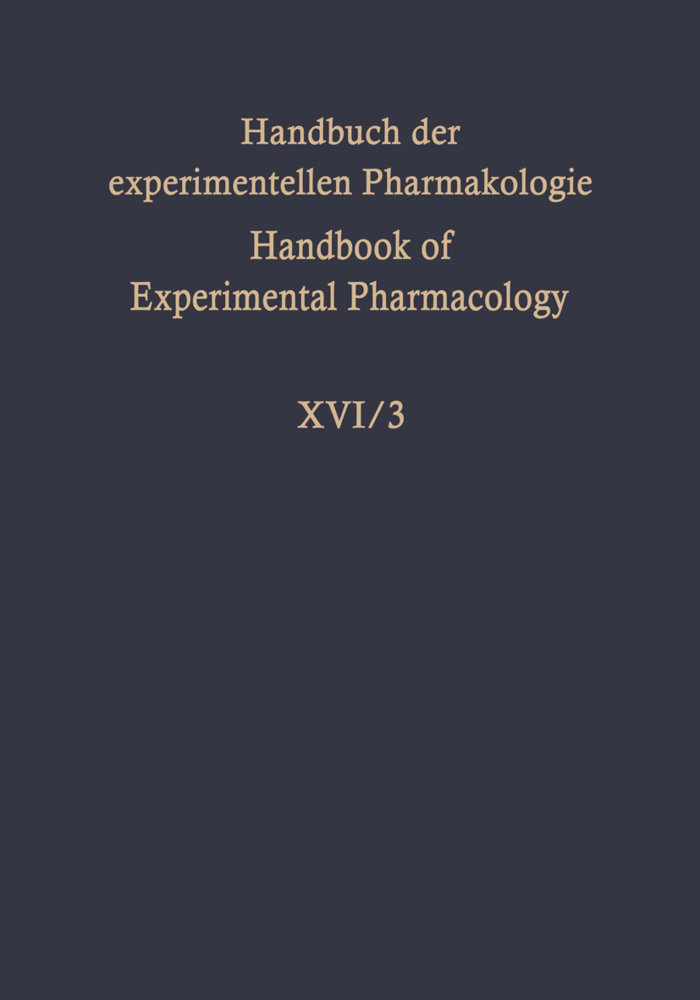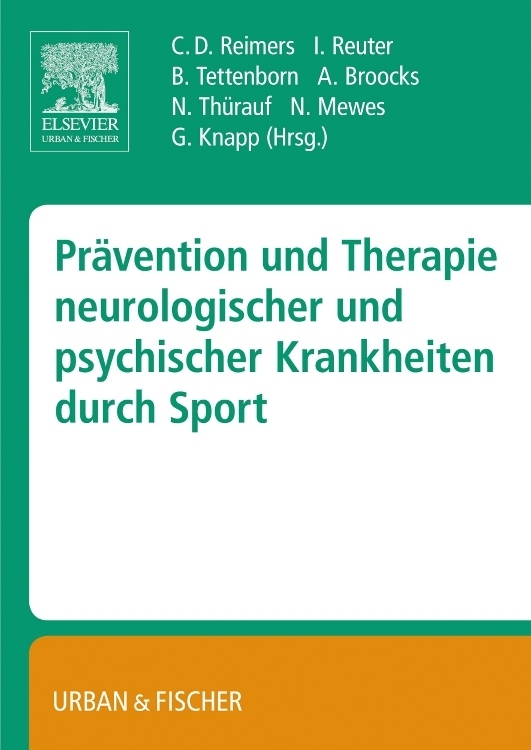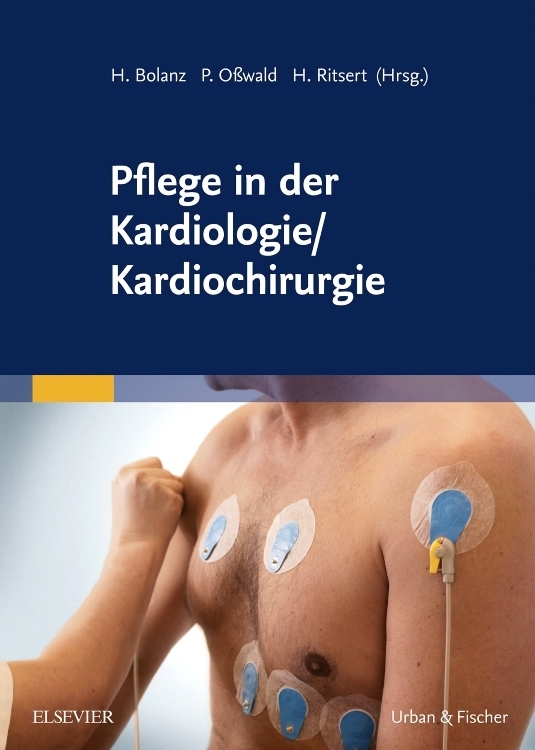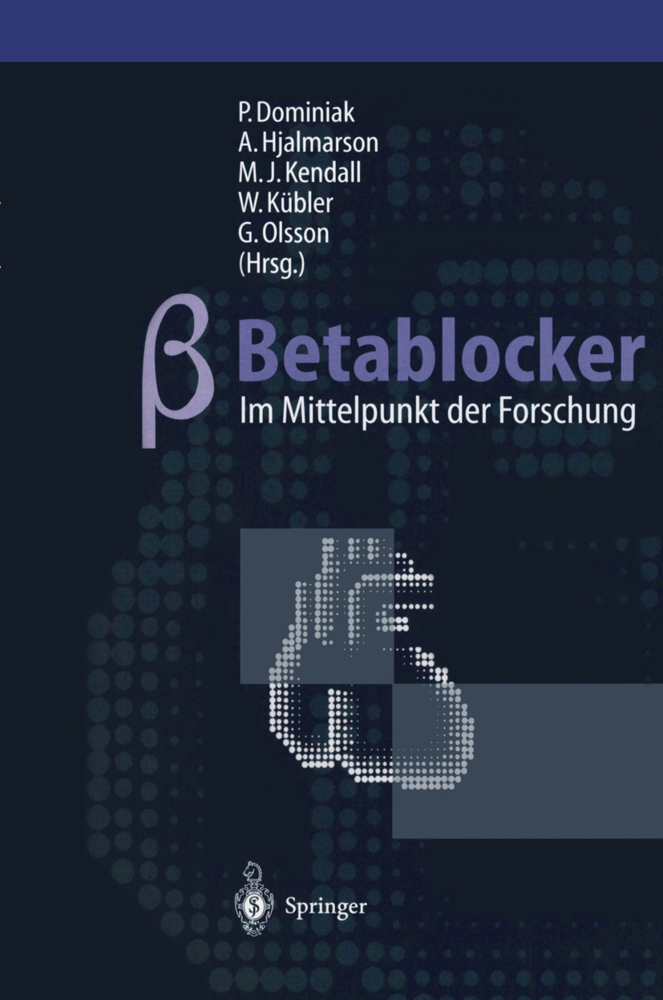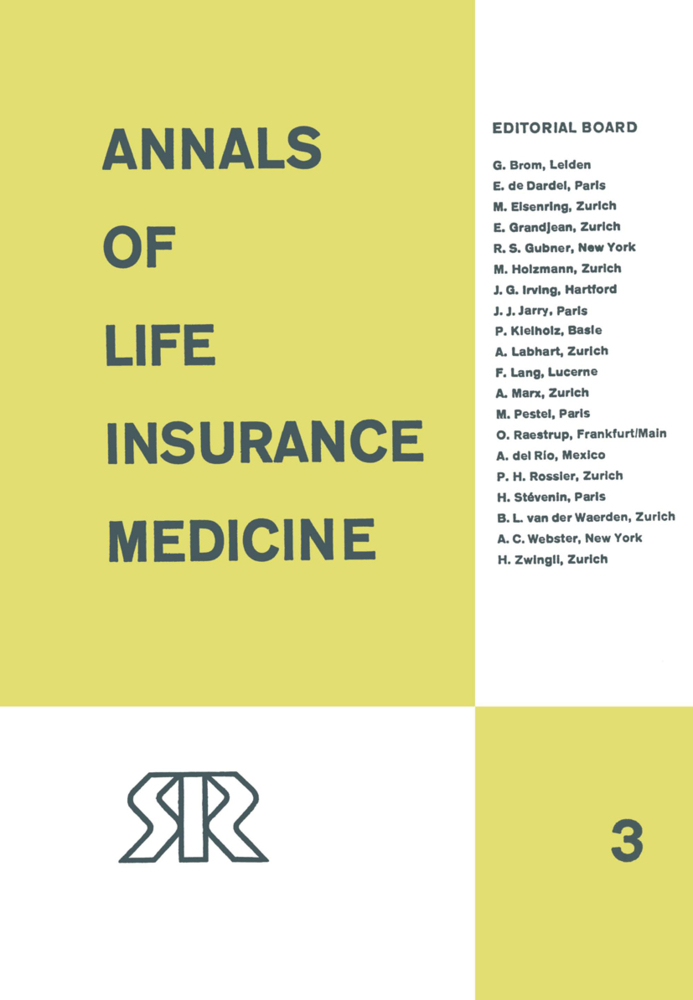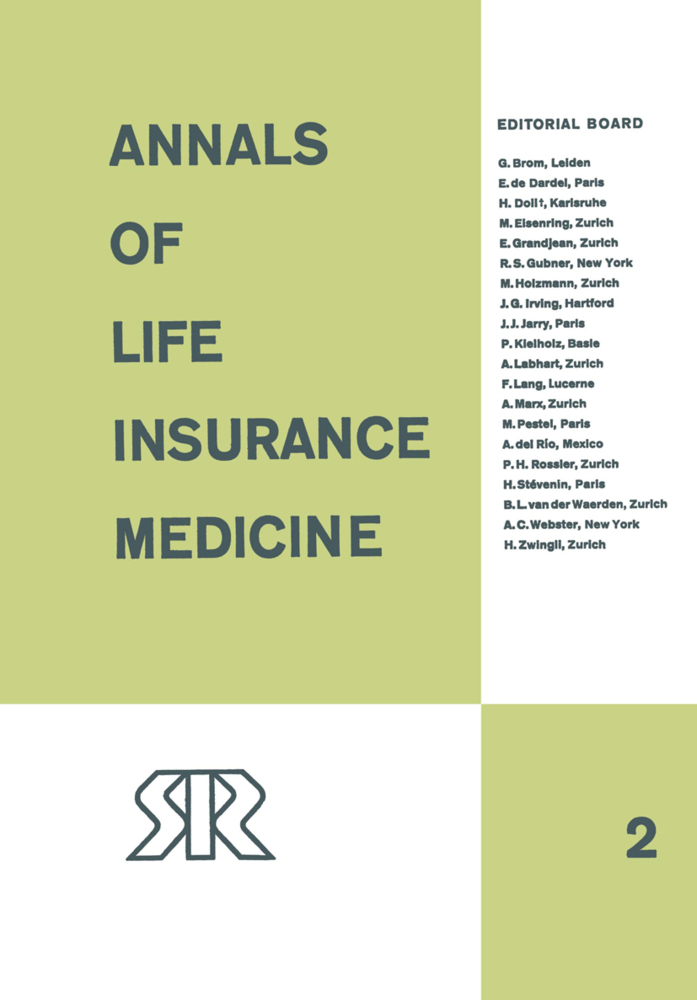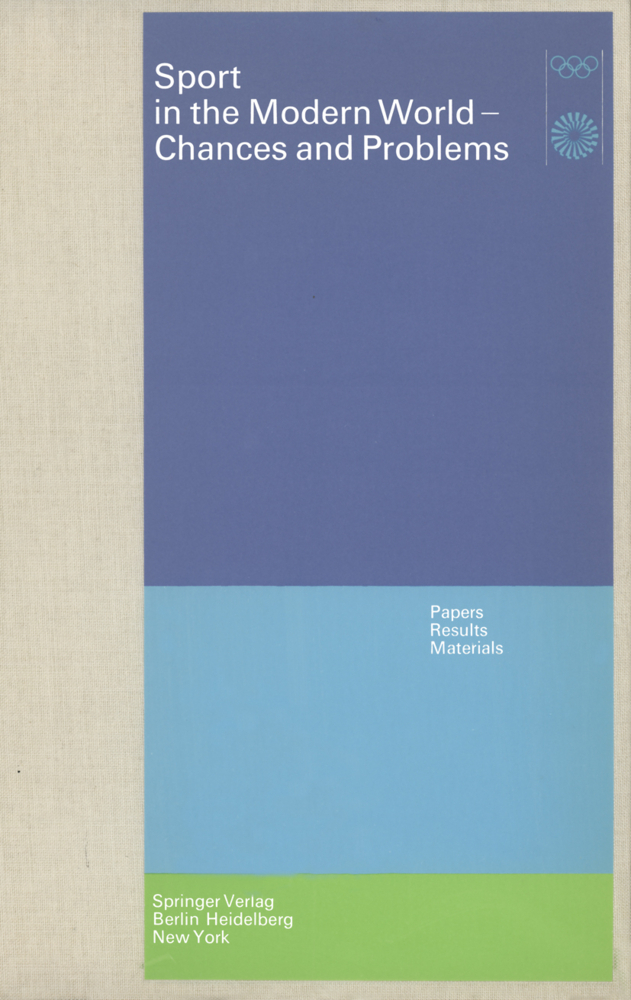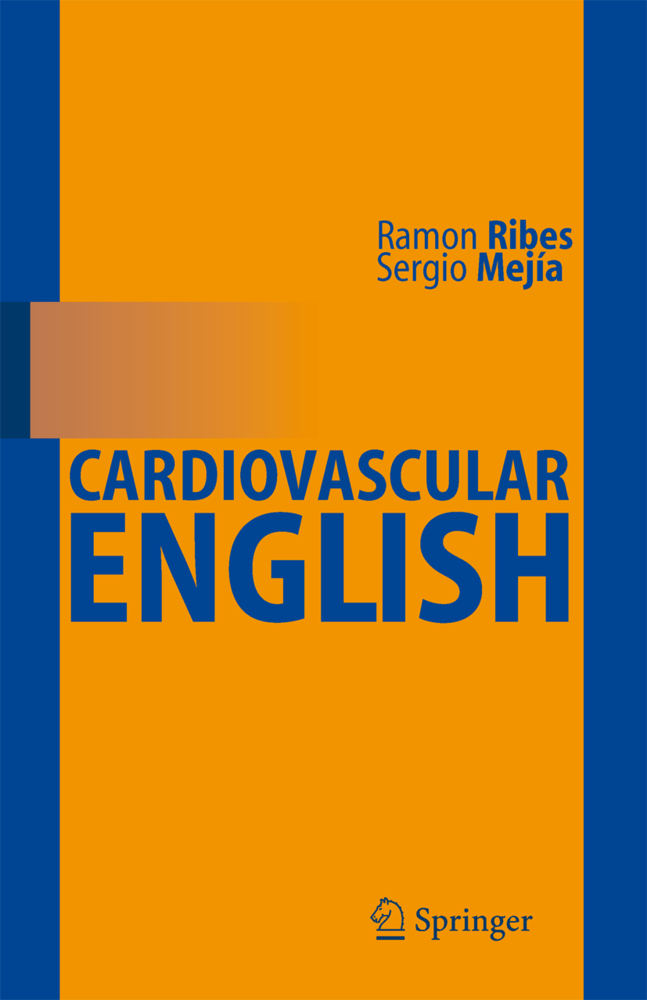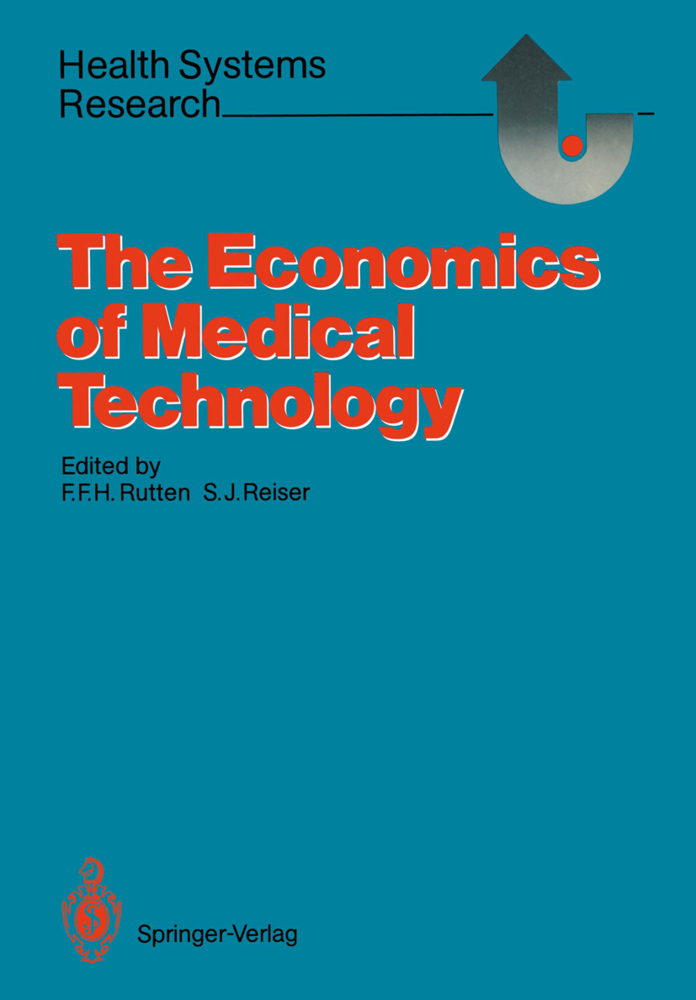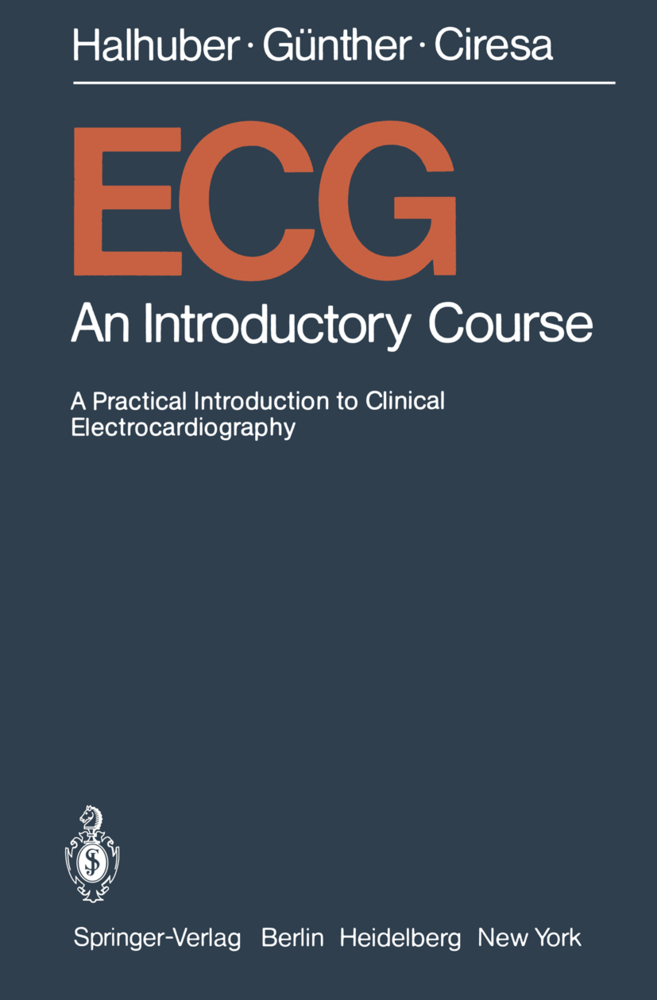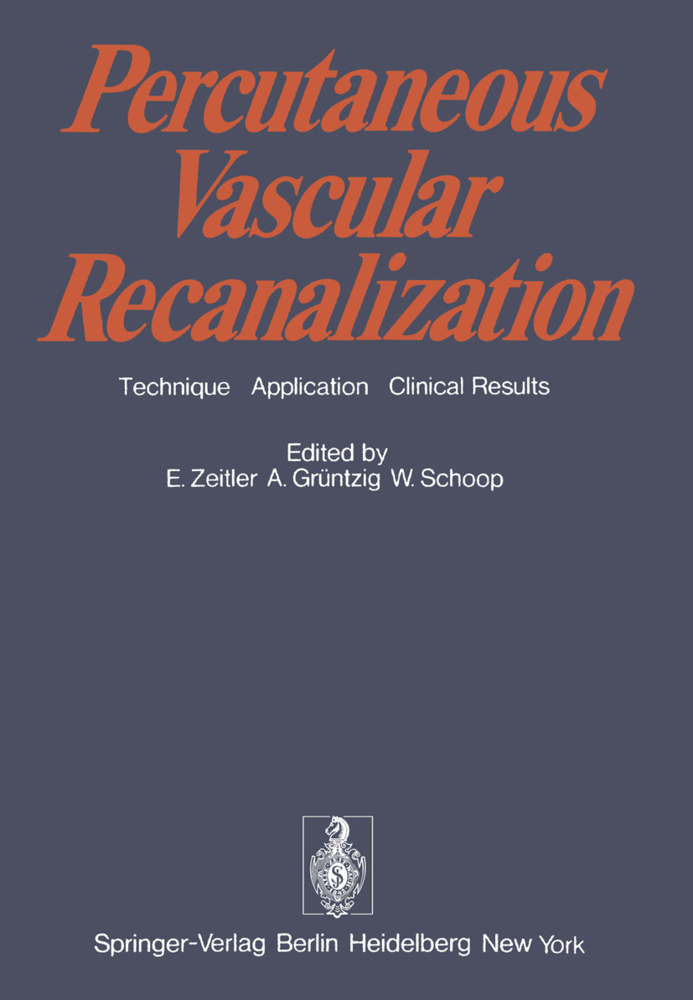Experimental Production of Diseases: Heart and Circulation
Experimental Production of Diseases: Heart and Circulation
Experimental Coronary Disease - Models and Methods of Drug Evaluation
A. IntroductionI. Definitions
II. Common Role of Subendocardial Ischemia
III. Objective of the Presentation
B. Pathophysiology of Myocardial Ischemia
I. Regulation of Tissue Oxygen Tension (pO2)
II. Autoregulation
III. Effect of Antianginal Drugs
C. Subendocardium and Effect of Drugs
I. Anatomy of Circulation through Left Ventricular Wall
II. Basal State of Left Ventricular Subepicardium and Subendocardium
D. Regional Resistance - Large and Small Coronary Arteries
I. Quantitative Angiography
II. Large and Small Arteries in vivo
III. Large and Small Arteries in vitro
E. Regional Tissue Oxygen Tension
I. Principle and Determinants of Oxygen Tension
II. Approaches
III. Polarographic Method
IV. Mass Spectrographic Method
V. Conclusions - Regional Oxygen Tension
F. Regional Blood Flow and Perfusion
I. Epicardium and Endocardium
II. Microsphere Method
III. Hydrogen Clearance with Electrodes
IV. Mass Spectrometer
V. Conclusions - Regional Flow
G. Other Methods for Measurement of Coronary Blood Flow
I. Thermodilution
II. Heat Dissipation and Heat Production
H. Blood Flow and Metabolism of Ischemic Region
I. Retrograde Blood Flow (Back Flow)
II. Collateral Flow and Metabolism of Ischemic Region
III. Collateral Flow in Unanesthetized Dogs
I. Atherosclerosis Model
Atrial Pacing
J. Diffuse Coronary Occlusion - Small Vessels
I. Ischemic Heart Failure and Cardiogenic Shock by Starch Suspensions, Lycopodium Spores or Small Microspheres
II. Large Spheres - Intra-Aortic
K. Acute Ligation
I. Two-Stage Ligation in the Anesthetized Dog
II. Two-Stage Ligation in the Anesthetized Pig
III. Monkey, Unanesthetized
L. Gradualor Controlled Occlusion
I. Ameroids
II. Dicetyl Phosphate
III. Inflatable Balloon
IV. Hydraulic Occluders
V. Intracoronary Balloon
M. Gradual or Acute Thrombosis
I. Spiral Coils
II. Electric Induction of Thrombosis
III. Magnet and Iron Particles
N. Other Means of Occlusion
I. Mercury Injection into Coronary
II. Steel Balls into Coronary
III. Lead Foil into Coronary
IV. Steel Cylinder in Coronary
V. Catheter Tip in Coronary
VI. Wedging Catheter in Coronary
O. Surface Electrograms after Occlusion
I. Electrograms in Open-Chest Dogs
II. Closed-Chest Conscious Dogs
P. Contractility of Ischemic Zone
Q. Partial Occlusion and Pacing in Dog
R. Summary and Conclusions
References
Experimental Induction of Hypertension
A. Introduction
B. Experimental Induction of Essential Hypertension
I. Spontaneous Genetically Determined Hypertension
II. Teratogenic Induction of Hypertension
C. Surgical Induction of Chronic Sustained Diastolic Hypertension
I. The Goldblatt Procedure
II. Other Procedures for Constricting the Renal Artery
III. Application of a "Figure-of-Eight" Ligature
IV. Infarction of the Kidney
V. Adrenal Regeneration Hypertension
VI. Miscellaneous Surgical Procedures
D. Non-Surgical Procedures for Inducing Experimental Chronic Diastolic Hypertension
I. Salt-Induced Hypertension
II. DOCA-Induced Hypertension
III. Hypertension Induced by Dietary Deficiencies
E. Induction of Special Forms of Hypertension
I. Systolic Hypertension
II. Hypertension Secondary to Nephritis and Nephrosclerosis
III. Surgically Remediable Hypertension
IV. Renoprival Hypertension
V. Neurogenic Hypertension
VI. Malignant Hypertension
F. Other Procedures for Inducing Experimental Hypertension
I. Induction ofHypertension by Steroids and Other Hormones
II. Induction of Hypertension by Other Drugs and Poisons
III. Induction of Hypertension by Activation of the Immune Mechanism
G. Conclusion
References
Experimental Production of Atherosclerosis: Nutritional Influences
A. Introduction
B. The Peanut Oil Problem
C. Dietary-Induced Cerebral Atherosclerosis
D. Recent Atherosclerosis-Regression Studies (Aorta and Coronary Artery Only)
E. Lessons from Animal Experiments in Diabetes and Atherosclerosis
F. "Polyunsaturated Fatty Acid Diet and Cancer" - From the Experimental and Epidemiological Viewpoint
G. The Soft and Hard Water Hypothesis in Atherogenesis - From the Combined Experimental-Epidemiological Viewpoint
H. The Issue of Coffee-Caffeine Administration and Atherogenesis of the Aorta and the Coronary Arteries
I. Pointers from Animal Experiments on Vitamin D Toxicity
J. Disturbance of Lipid Metabolism in Animals with Brominated Vegetable Oils
References
Production of Myocardial Infarcts in Animal Experiments
A. Historical Background
B. Methods for Production of Complete or Partial Obstruction of Coronary Arteries
I. Ligation of Coronary Arteries
II. Methods of Producing Complete or Partial Occlusion by Means of Clips, Cuffs, Balloons, Screw Forceps, Snares, and Intracranial Arterial Clamps
III. Occlusion by Means of Embolization and Thrombosis
IV. Progressive Obstruction Resulting from Application of Ameroid Clamps
V. Experimental Production of Atherosclerosis through Diet
References
Experimental Cardiac Arrhythmias
A. Introduction
B. Production of Cardiac Arrhythmias by Electrical Stimulation of the Heart
I. Single Electrical Shock
II. Serial Electrical Shocks of Progressively Increasing Intensity
III.Electrical Stimulation of Continuously Increasing Frequency Rate
IV. Prolonged Application of Galvanic Current
C. Cardiac Arrhythmias Evoked by Local Blocks and Spontaneously Firing Ectopic Foci Produced by Local Myocardial Ischemia and Thermal or Mechanical Injury of the Myocardium
I. Local Myocardial Ischemia
II. Local Heating or Cooling of the Myocardium
III. Mechanical Injury of the Myocardium
D. Induction of Cardiac Arrhythmias by Intravenous Administration or Topical Application of Drugs or Other Chemical Substances
I. Intravenous Administration of Arrhythmogenic Agents
1. Administration of One Arrhythmogenic Agent
2. Combined Administration of Several Arrhythmogenic Agents
II. Topical Application of Arrhythmogenic Agents to the Heart
E. Production of Cardiac Arrhythmias by Direct Stimulation of the Central Nervous System
I. Electrical Stimulation of the Central Nervous System
II. Injection of Drugs or Other Chemical Substances into the Cerebral Ventricles
III. Increased Intracranial Pressure or Cerebral Compression
References
Experimental Production of Cerebral Vascular Disorders
A. Introduction
B. Acute Experimental Occlusion
C. Dysregulation of the Intracerebral Blood Distribution
D. Effect of Decreased CBF on Cerebral Tissue Energetics
E. Blood Pressure and Disturbance of the Cerebral Vascular Autoregulation
F. Changes in Cerebral Activity and Cerebral Blood Flow
G. Nervous Influences on Cerebral Vessels
Stimulation and Blockade of the Cervical Autonomic Nerves
H. Experimental Investigation of the Smooth Muscles of Brain Vessels
I. Disturbances of CBF by Variation of Blood Gases
I. Increase in CO2 and CBF
II. Hypoxia and CBF
III. Hyperventilation and CBF
J. Variations of Intracranial Volume and Cerebral Blood Flow
K. Conclusion
References
Experimental Production of Pulmonary Hypertension
A. Introduction
B. Pathophysiological Background of the Pulmonary Circulation
C. Vascular Changes in Pulmonary Hypertension
D. Methods for the Production of Experimental Pulmonary Hypertension
I. The Production of Vasoconstriction in the Pulmonary Vascular Bed
II. Effects of Embolization on the Pulmonary Vascular Bed
III. Production of Functional Mitral Stenosis
IV. Production of Hyperkinetic Pulmonary Hypertension
V. Production of Pulmonary Hypertension Due to Environmental Influence
VI. Pulmonary Hypertension in Transplantation
E. Conclusions
References
Experimentally Induced Changes in Pulmonary Circulation
A. Introduction
B. Morphology and Physiology of the Pulmonary Capillary System
I. Innervation
II. Pressure-Flow Relationship
III. Veno-Arterial Shunt
IV. Pulmonary Blood Volume
V. Pulmonary Blood Flow
VI. Distribution of Perfused Blood
C. Effect of Physical Agents
I. High Altitude
II. Physical Exercise
III. Gravitational Force
IV. Pressure Breathing
V. Hypovolemic Shock
VI. Pulmonary Emboli
D. Effects of Chemical Agents
I. Hypoxia
II. Hyperoxia
III. Hypercapnia
IV. Combination of Hypoxia and Hypercapnia
V. Anesthetics
E. Effects of Pharmacological Agents
I. Acetylcholine (ACH)
II. Histamine
III. 5-Hydroxytryptamine (5-HT)
IV. Bradykinin
V. Sympathomimetics
References
Genetic Induction of a Cardiomyopathy
A. Introduction
I. General Aspects of Myocardial Cell Damage with Special Reference to the Term Cardiomyopathy
II. Development of Cell Death: Theoretical Analysis
III. The Purpose Inducing Experimental Myocardial Lesions
IV. The Significance of Genetically Induced Myocardial Degeneration
B. Cardiomyopathy of the Syrian Hamster
I. Genetic Background
II. Clinical Course and Gross Pathology
III. Hemodynamic Function and Electrocardiogram
IV. Serum Enzymes and Electrolytes
V. Histopathology
VI. Electron Microscopy
VII. Biochemistry
C. Summary and Conclusions
References
Basic Actions of Ions and Drugs on Myocardial High-Energy Phosphate Metabolism and Contractility
A. Introduction
B. Experimental Procedures
C. Contractile Failure as a Result of Cardiac High-Energy Phosphate Exhaustion
I. Myocardial High-Energy Phosphate Breakdown in Anoxia or Ischemia
II. Time Correlation between Creatine Phosphate Loss and Ventricular Dilation
III. Degradation of ATP and Other Nucleotides - a Limiting Factor in the Reanimation of Anoxic or Ischemic Hearts
D. Contractile Cardiac Failure Produced by Deficient Utilization of High-Energy Phosphates
I. Selective Loss of Myocardial Contractility upon Ca Withdrawal
II. Basic Mechanisms of Cardiodepression by Interference with Transmembrane Ca Supply
III. Excitation-Contraction Uncoupling of Heart Muscle by Ca-Antagonistic Bivalent Ni, Co, and Mn Cations
IV. Restriction of Myocardial Contractility by Organic Compounds with Ca-Antagonistic Side Effects
V. Discovery of a New Group of Specific Ca-Antagonistic Inhibitors of Excitation-Contraction Coupling
VI. Neutralization of Ca-Antagonistic Compounds by ?-Adrenergic Catecholamines and Cardiac Glycosides
VII. Influence of Inhibitors and Promoters of Ca Action on Myocardial High-Energy Phosphate Consumption
VIII. Drug-Induced Changes in Cardiac Oxygen Requirement
E. Myocardial High-Energy Phosphate Depletion and Structural Decay
I. The Fundamental Role of High-Energy Phosphates in Cardica Resting Metabolism
II.Myocardial Fiber Damage Caused by Exhaustive High-Energy Phosphate Consumption due to Ca Overload
III. Prevention by Ca-Antagonistic Drugs of Cardiac ATP-Wasting and Necrotization
References
Experimental Models of Hemorrhagic Shock
I. Introduction
II. Definition of Problem
A. Techniques for the Production of Hemorrhagic Shock
I. Pressure-Resistance Model
II. Volume Model
B. Pathophysiology of Hemorrhagic Shock
C. Technical Considerations
I. Anesthesia
II. Sterile Technique
III. Blood Trauma and Microembolization
IV. Species
D. Summary and Conclusions
References
Some Experimental Shock Models: Traumatic Shock, Catecholamine Shock, Burn Shock and Other Shock Forms
A. Tourniquet Shock
B. Shock Induced by Occlusion of the Superior Mesenteric Artery (SMA Shock)
C. Drum Shock
D. Shock Induced by Direct Destruction of Tissue
E. Catecholamine Shock
F. Burn Shock
G. Shock Induced by Acute Anemia
H. Shock Induced by Respiratory Oxygen Deficiency
I. Conclusion
References
Microcirculatory Disturbances Induced by Generalized Intravascular Coagulation
A. Introduction
B. Historical Notes
C. Terms and Definitions
I. Intravascular Coagulation
II. Generalized or Disseminated Intravascular Coagulation
III. Consumption Coagulopathy
IV. Dynamics of Generalized Intravascular Coagulation
V. Generalized Shwartzman Reaction
D. Generalized Intravascular Coagulation
I. Methods of Induction
1. Endotoxin
2. Antigen-Antibody Reaction
3. Thromboplastin and Thrombin
4. Snake Venoms
5. Viruses
6. Nonbiological Substances
7. Impaired Perfusion of the Circulatory Periphery-Shock
8. Production of a Generalized Shwartzman Reaction by Means of Substances with Defined Mechanisms of Action
II. Results
1.Hematologic Investigations
2. Coagulation Studies
3. Measurements of Circulatory Parameters
4. Pathologicoanatomic Findings
5. Impairment of Organ Function
E. Prevention of Generalized Intravascular Coagulation and of the Generalized Shwartzman Reaction
I. Interference with the Activation of Intravascular Coagulation
1. Antithrombins
2. Vitamin K Antagonists
3. Hypofibrinogenemia
4. Inhibition of Activation of the Hageman Factor
5. Cytostatics
6. Inhibitors of Platelet Aggregation
7. Antibiotics
II. Interference with the Additional Mechanisms of Microclot Formation
1. Alpha-Adrenergic Blocking Agents
2. Glucocorticoids
3. Fibrinolysis Activators
F. Pathophysiology
I. Connexions with Pathophysiology in Man
1. Bacterial Endotoxin
2. Particulate or Colloidal Substances
3. Antigen-Antibody Complexes
4. Hypocirculation
5. Tissue Thromboplastin
6. Proteolytic Enzymes
II. Coagulation System
1. Contact Factors of Blood Coagulation (Plasma Factors XII and XI)
2. Erythrocytes
3. Platelets
4. Leukocytes
5. Vessel Wall
III. Fibrinolytic System
1. Activation of the Fibrinolytic System
2 Inhibition of the Fibrinolytic System
IV. Complement
1. Complement and Endotoxin
2. Complement and Generalized Intravascular Coagulation
V. Reticulo-Endothelial System
VI. Localizing Factors
1. Polymerization and Precipitation of Soluble Fibrin
2. Catecholamines
3. Corticoids
4. Adrenocorticotropic Hormone
VII. Pregnancy
VIII. Theory of Pluricausality
1. Activation of Intravascular Coagulation
2. Localization of Soluble Fibrin
3. Inhibition of the Fibrinolytic System
References
Author Index.
Schmier, J.
Betz, E.
Bing, R.J.
Borst, H.G.
Byon, Y.K.
Carlson, R.
Döring, H.-J.
Fleckenstein, A.
Grollman, A.
Heyden, S.
Ikeda, S.
Islam, M.S.
Jank, J.
Lasch, H.-G.
Laßnitzer, K.
Meisner, H.
Müller-Berghaus, G.
Papp, J.G.
Schmidt, H.D.
Szekeres, L.
Tillmanns, H.
Ulmer, W.T.
Weil, M.
Winbury, M.M.
| ISBN | 978-3-642-45469-1 |
|---|---|
| Medientyp | Buch |
| Auflage | Softcover reprint of the original 1st ed. 1975 |
| Copyrightjahr | 2012 |
| Verlag | Springer, Berlin |
| Umfang | XII, 602 Seiten |
| Sprache | Englisch |

